Understanding Heart Valve Disease1
Although life can get busy, it is important to pay attention to changes in your daily activities. Stopping to catch your breath, difficulty walking short distance or climbing stairs may not be due to age. These changes may be signs and symptoms of an underlying condition, such as heart valve disease—a condition in which the heart valves do not work the way they should. That's why it is important to pay attention to changes in your heart health and tell your doctor if you are experiencing symptoms such as lack of energy or notice changes in your daily activity.
What is heart valve disease?
As you get older, you can develop heart valve disease, where one or more of your heart valves may stop working as well. This makes it harder for your heart to pump blood through your body.
What causes heart valve disease?
There is no one cause of heart valve disease, but there are a variety of risk factors. Some common risk factors include:
- Older age (people 65 and older are at higher risk)
- Having a family history of heart disease or heart valve disease
- High blood pressure
- High cholesterol
Who is at risk for heart valve disease?
Heart valve disease affects up to 1.5 million people in the UK2, with roughly 35,000 deaths each year.3 If you don't do anything about it, heart valve disease can get worse and become life-threatening.
What is the most common type of heart valve disease?
Aortic stenosis is the most common type of heart valve disease. It is especially common in people 65 and older and affects 1 in 8 people over 75.4 This type of valve disease means your aortic valve cannot fully open or close like it should. Over time, it can become life-threatening if left untreated. That is why it is important to talk to your doctor at every appointment about the right time for treatment.

condition—affecting about
1 out of 8 people
over the age of 75.4
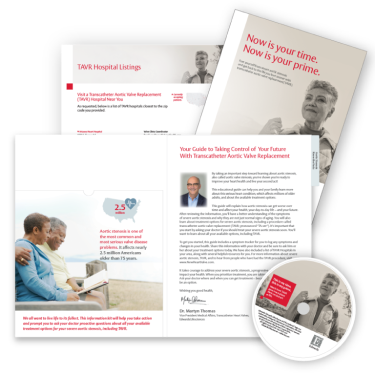
Want more information delivered directly to you?
Get a free information kit by email or mail to learn more about
What you’ll receive in your kit:
- Education on severe aortic stenosis and symptoms checklist once it becomes severe
- Information on TAVI as a treatment option
- Discussion guide for talking with your doctor
References
1. Nat Rev Dis Primers 2016;2:16006.
2. D'Arcy L, Coffey S, Loudon M et al (2016) Large-scale community echocardiographic screening reveals a major burden of undiagnosed valvular heart disease in older people: the OxVALVE Population Cohort Study. European Heart Journal.
3. Strange GA, Stewart S, Curzen N, Ray S, Kendall S, Braidley P, Pearce K, Pessotto R, Playford D, Gray HH. Uncovering the treatable burden of severe aortic stenosis in the UK. Open Heart. 2022 Jan;9(1):e001783. doi: 10.1136/openhrt-2021-001783. PMID: 35082136; PMCID: PMC8739674.
4. Otto C. Timing of aortic valve surgery. Heart 2000;84(2): 211—218.
PP--EU-7596 v1.0

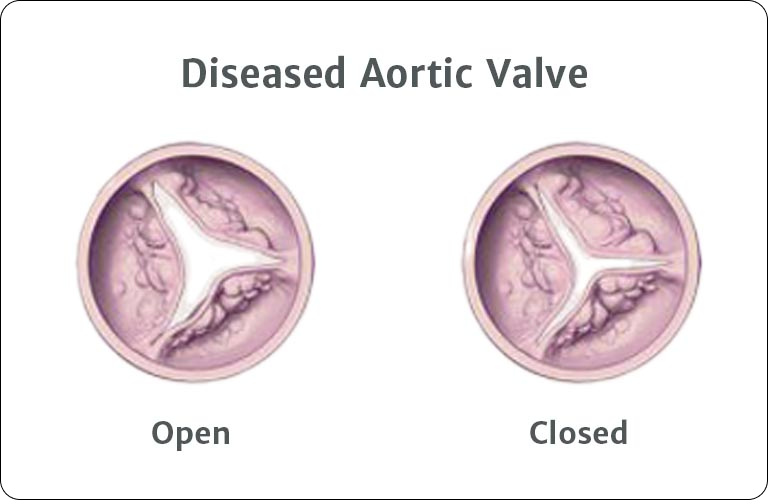
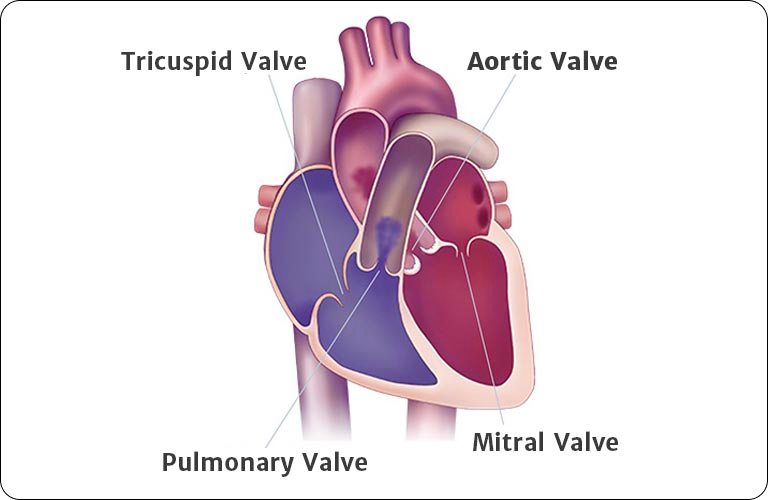
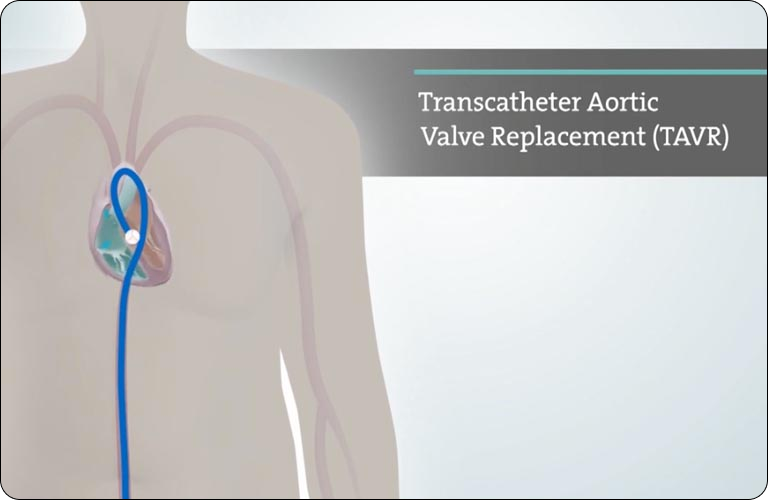
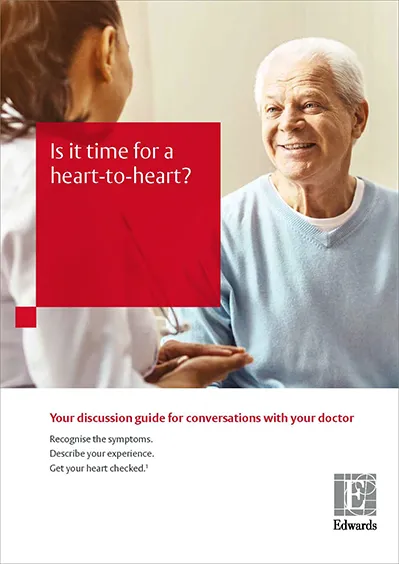
 Australia
Australia
 Brazil
Brazil
 Germany
Germany
 Italy
Italy
 Netherlands
Netherlands
 New Zealand
New Zealand
 South Korea
South Korea
 Southeast Asia
Southeast Asia
 United Kingdom
United Kingdom